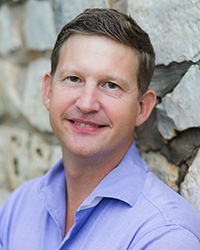High-Resolution 3D Marine Seismic Monitoring Above an Active CO2 Injection Site, Offshore Hokkaido, Japan
Presenter
Dr. Timothy “Tip” Meckel, Senior Research Scientist
Bureau of Economic Geology, The University of Texas at Austin
Abstract
Monitoring injected CO2 is an important part of assuring permanence of long term storage to mitigate atmospheric emissions. Three-dimensional (3D) seismic has been shown to be an effective technology for visualizing and quantifying subsurface geology and fluids. In this study, we demonstrate the successful acquisition, processing, and initial interpretation of a first-of-its-kind high-resolution 3D (HR3D) marine seismic survey above an active CO2 injection site offshore Tomakomai, Japan. An initial sensitivity study indicated generally favourable subsurface conditions for imaging subsurface pore fluid changes. A unique processing workflow incorporating multiple data processing software packages has been tailored to the short-offset and low-fold HR3D acquisition. The final 3D volume shows generally flat and laterally-continuous stratigraphy in the overburden above the injection zone without identifiable faults, indicating coherent overburden above the CO2 injection site and low associated risk of vertical CO2 migration. The successful deployment of this novel marine seismic monitoring technology validates HR3D as an appropriate characterization and monitoring tool for large-demonstration and commercial-scale offshore Carbon Capture and Storage (CCS) sites
